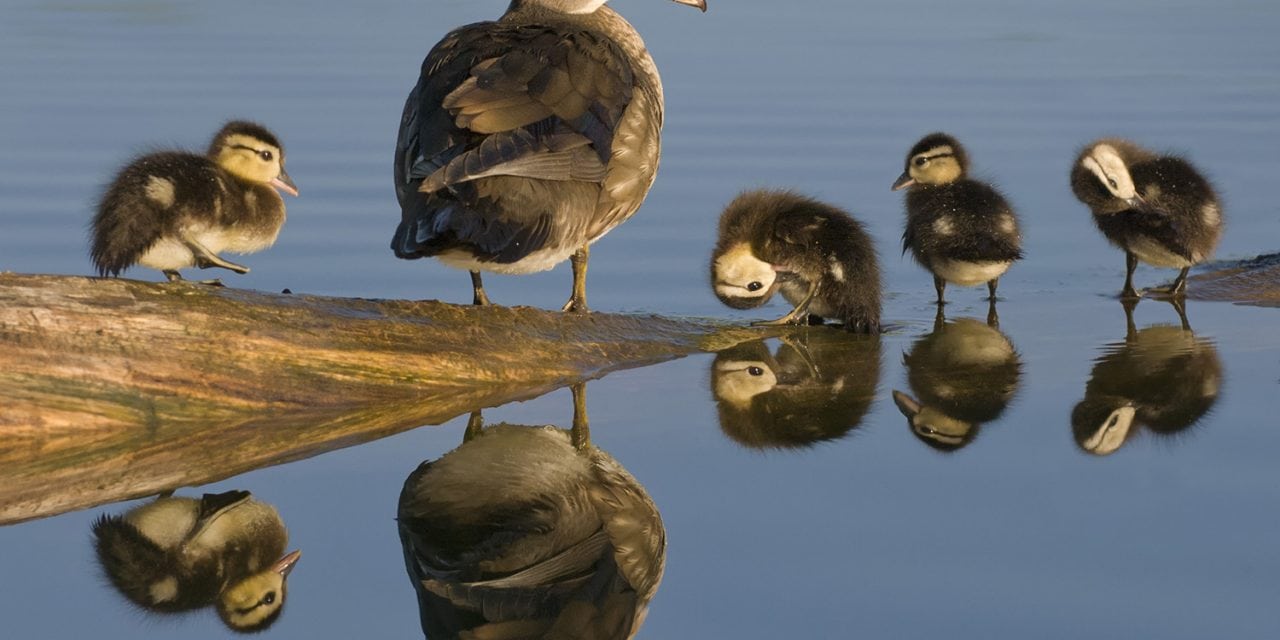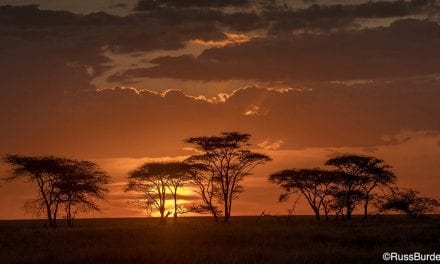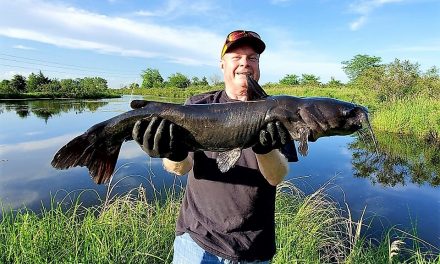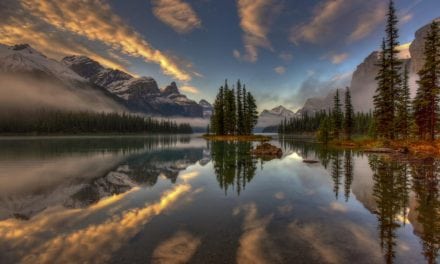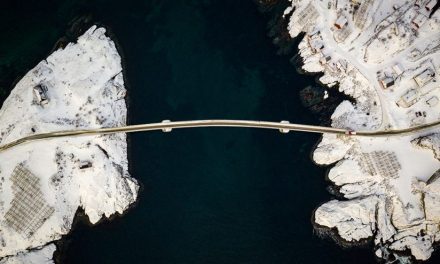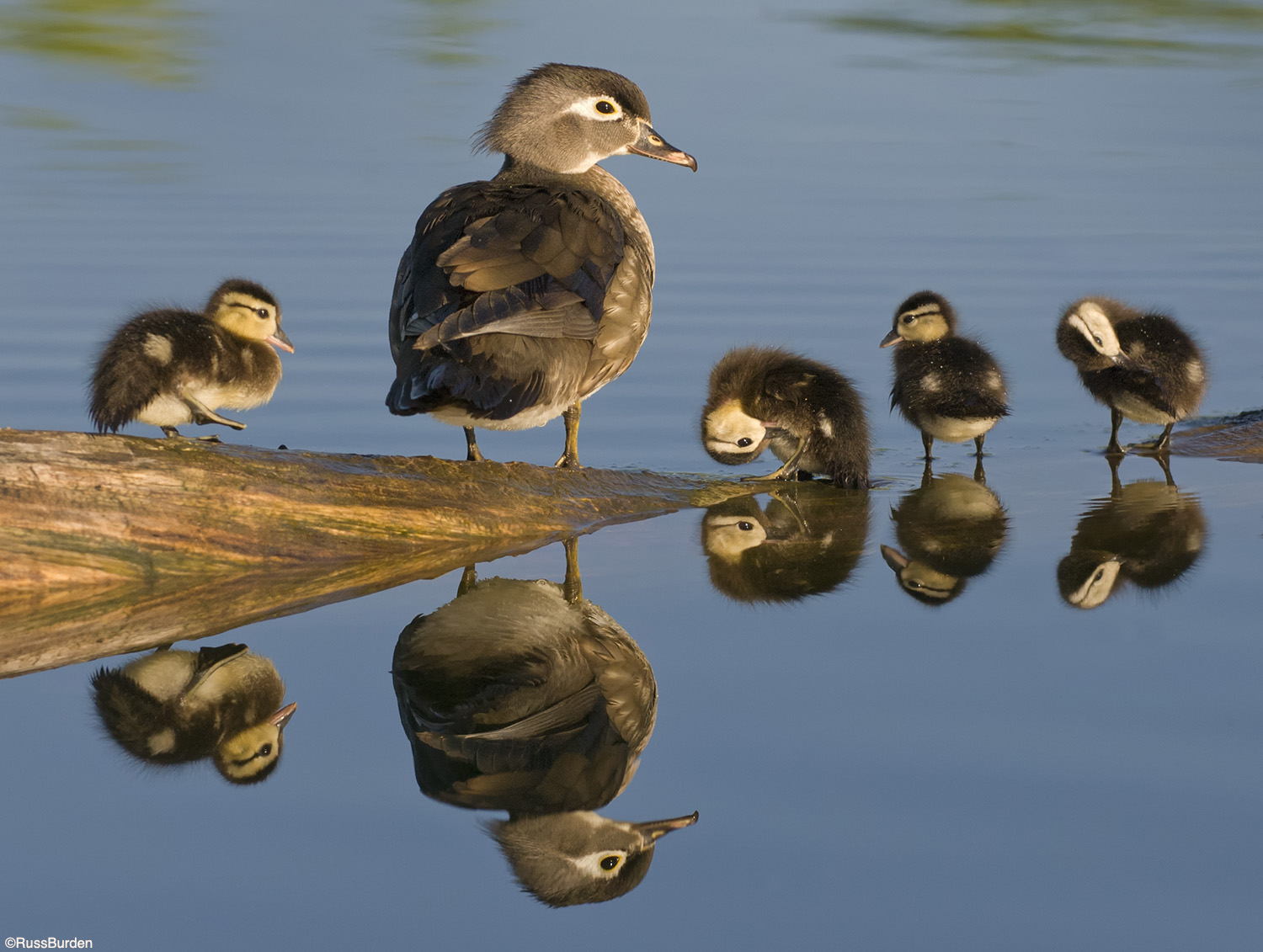
Regardless of the subject, there are basic photographic guidelines that govern the success of an image. Applying these guidelines to any and all subjects makes transitioning from one to another a bit easier. Whether it’s a tall building or a close up of a bee on a flower, the light, camera angle, aperture, ISO and more need to be taken into consideration to produce a good photo. Many rules of traditional family portraiture apply to wildlife family portraits—stagger the heads and don’t overlap faces, turn subjects to show their best features, avoid placing subjects in an unflattering pose, work with good light, wait for an emotional expression, don’t squish your subjects together and work in areas with clean backgrounds are just some factors that need to be addressed to get a great wildlife photograph.
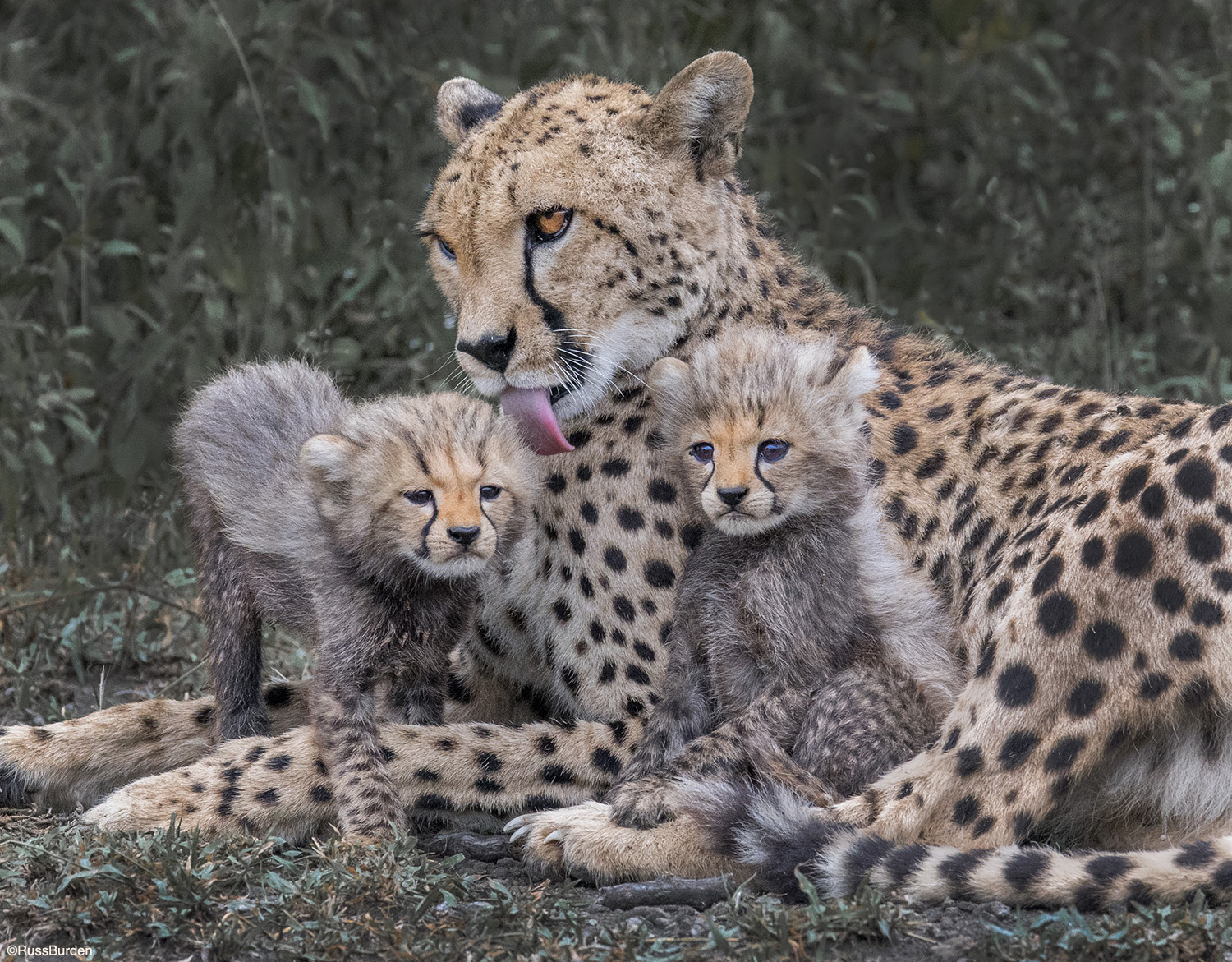
Traditional portrait photographers can control the position of each subject to create the best composition. Wildlife photographers don’t have this luxury. We have to rely on a bit of serendipity and luck and hope the animals position themselves into a pleasing arrangement. We also have to hope that when the above falls into place, each animal looks in a direction that benefits the outcome of the photo. Patience is a virtue, persistence is mandatory and acceptance of events not unfolding in the desired way is required.
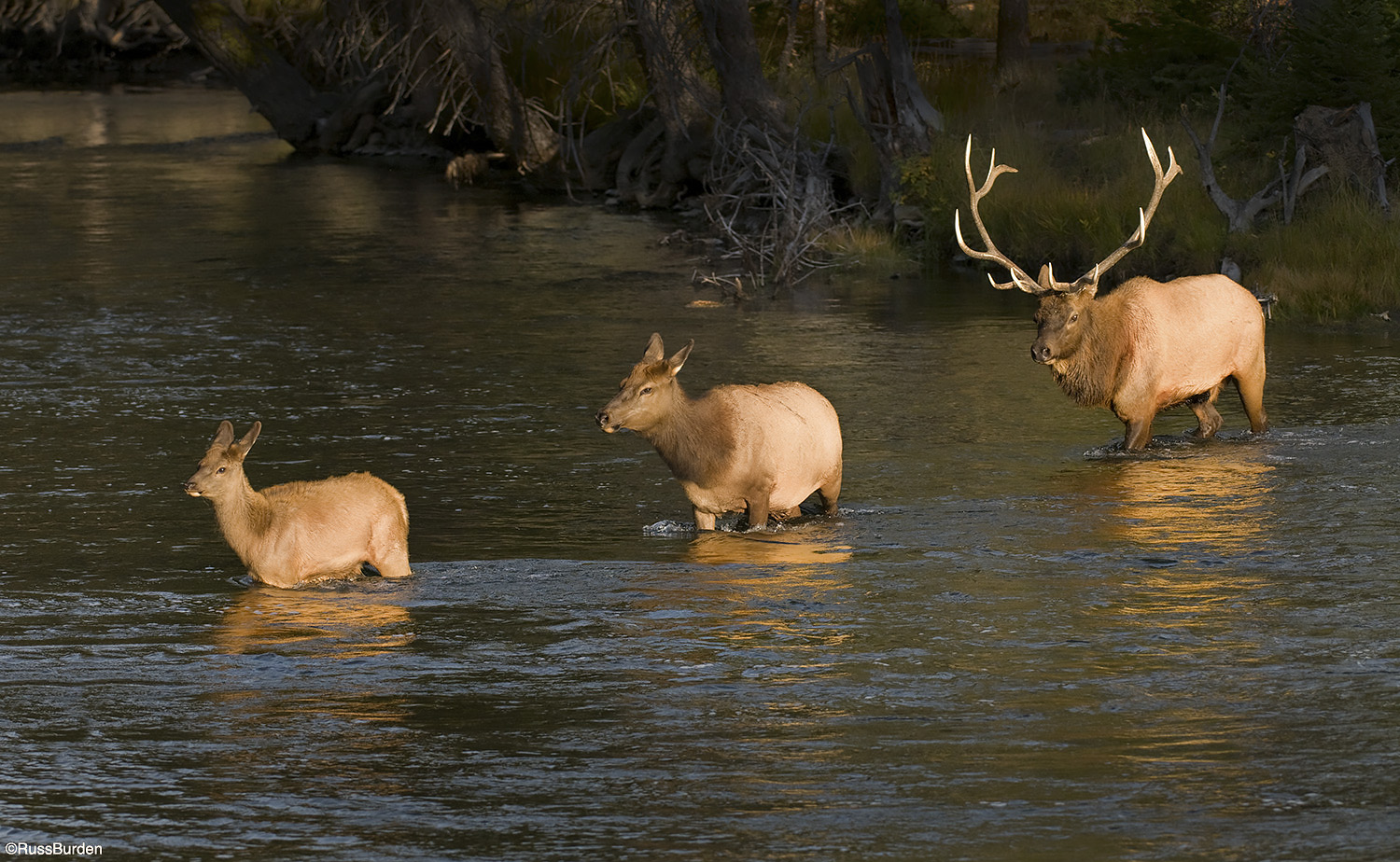
Spring is a good time to photograph young if you want to capture newborns. Most animals give birth during this season. If you live near a local park that has water, chances are there will be nesting waterfowl. Baby ducks and geese are wonderful subjects. They often interact with one of the adults in addition to playing with each other. Make it a project to document them as often as possible to show their progression from young downy chicks to when they take on adult features. Going back numerous times is encouraged, as no two days will ever be the same in regard to how they’ll interact and where they’ll be.
Summer and fall are good times to work the big mammal babies. Smaller animals lose their young look too soon. Species like elk, deer, bison, bear, big horns, etc., maintain their cuteness factor for months. Bears are still adorable early the next season. National parks are great locations to look for bigger animals, but be sure you adhere to the guidelines set forth by the parks department that dictate how close you can get to each species. Autumn is a great time to capture wildlife family portraits if the animal is in an area of deciduous trees and changing ground cover. The hues of fall that become a backdrop are spectacular. Think about using a wide angle to take in the environment. Quite often, an environmental image that includes the animals is better than a close-up shot of the group in tight.
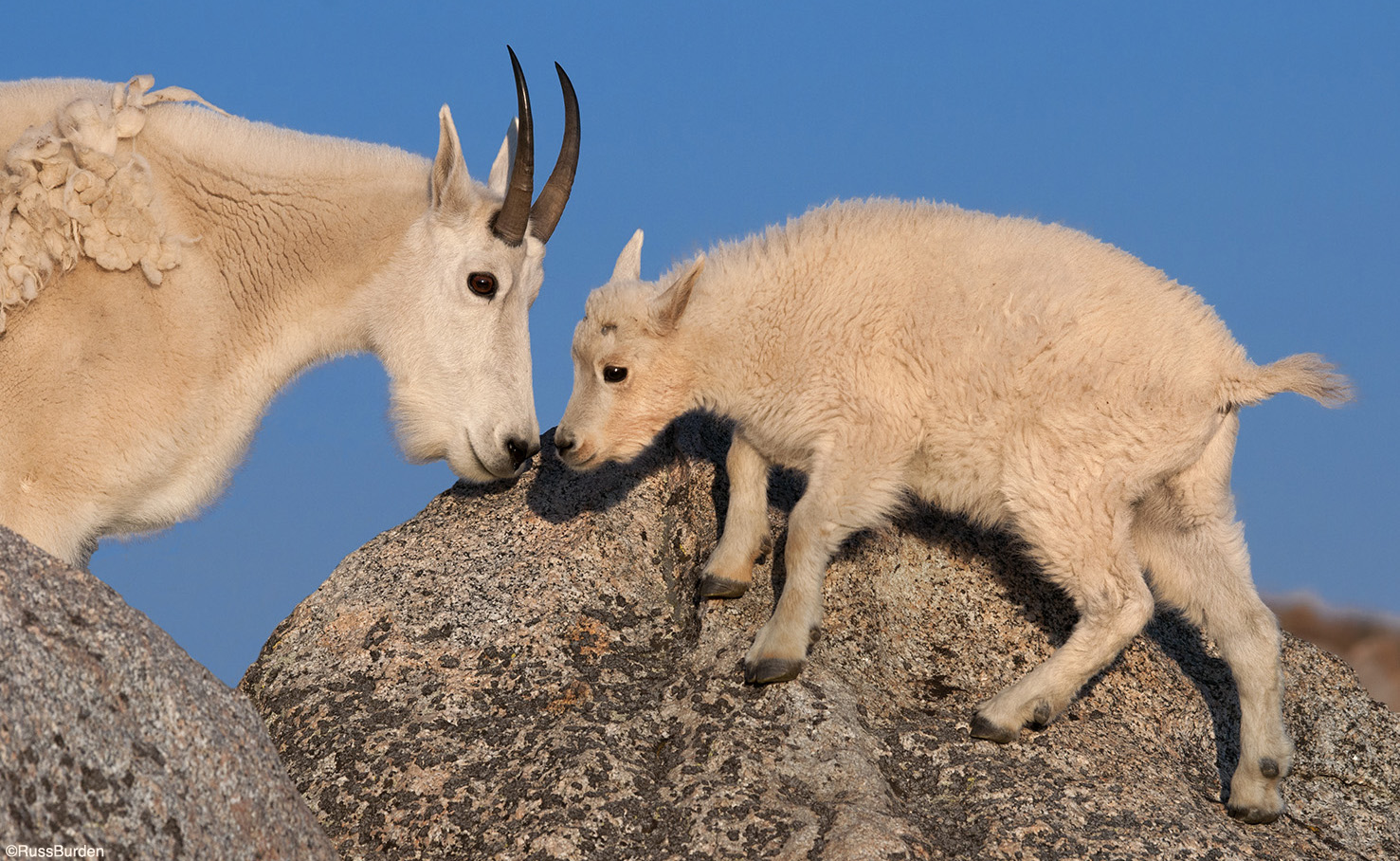
In the photos that accompany this week’s tip, note how the guidelines listed in paragraph one apply. Make a list of these guidelines and take them into the field the next time you head out to do some wildlife photography. It’s a lot easier to photograph a single animal than it is to capture a nice family portrait. Challenge yourself to go to the next level and strive to get that one shot where everything falls into place. You’ll experience a feeling that can only be had by acquiring a perfect wildlife family portrait.
Visit www.russburdenphotography.com for information about his nature photography tours and safari to Tanzania.
The post Wildlife Family Portraits appeared first on Outdoor Photographer.

